Rituals & Myths in Nursing: A Social History
£10.10£14.20 (-29%)
Nursing is a complex profession steeped in tradition and history. Tried and tested ways of working have been the mainstay of how and why nurses do what they do. Completing tasks in a certain way because Sister says so describes the custom and practice of nursing, passed on through the generations that existed for most of the 20th Century and can still hold sway today. Science and evidence-based practice have weakened the hold on tradition but ritual is still part of the fabric of nursing. Packed with amusing and sometimes poignant reminiscences this book paints a picture of nursing from the first registration of SRN No 1, Ethel Bedford Fenwick in 1919, to the present day. Each chapter follows a theme, explores the historical background and brings it to life with stories told by nurses from different eras. We have tales of alcohol prescribed to dilate blood vessels or simply for the feel good factor. Enemas were less fun, given for almost all bowel conditions; High, hot and a helluva lot!’ was the phrase for remembering this ritual. Written with humour and a light touch, readers don’t need a nursing background to enjoy these stories, but those who trained as nurses will identify with many of the amusing and often eccentric traditions retold by generations of nurses.
Read more

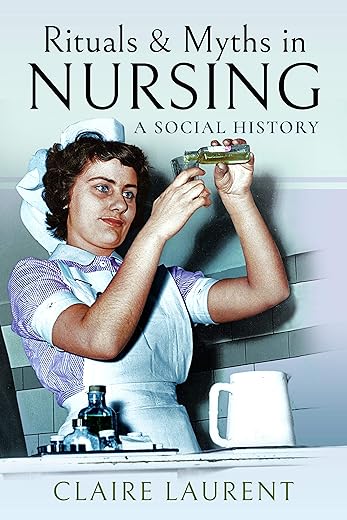


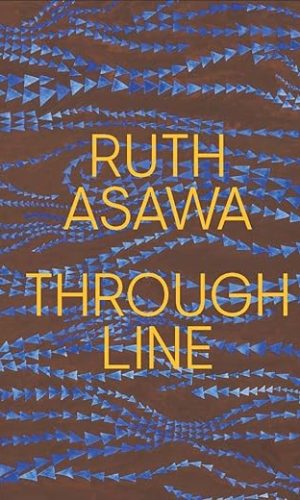
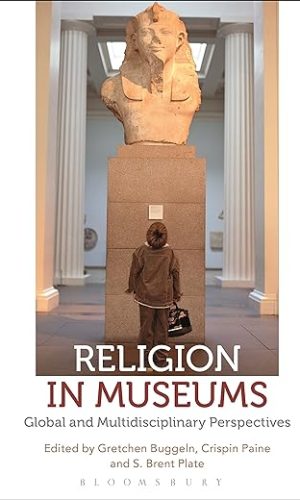
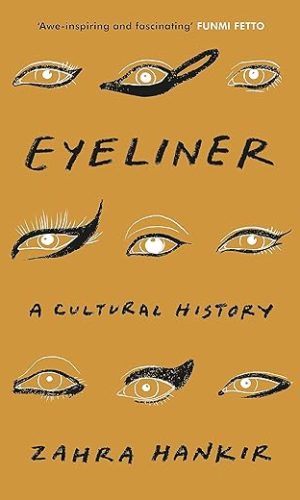

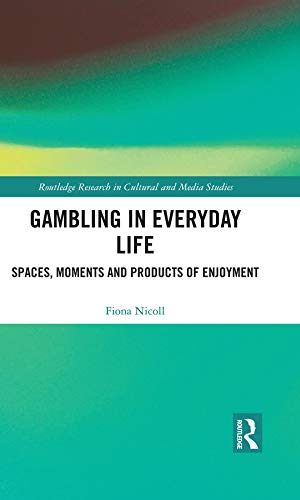
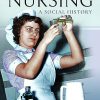
by Martin V.
I have to declare an interest insofar that I contributed (a tiny amount) to this book and know the author. Because of this, I bought and started reading it out of a sense of loyalty and duty, but continued simply because I enjoyed it so much. Some of the practices that used to go in our health service would, at best, make your eyes water and Claire has captured many examples of practice that was misguided, ill-informed and, on occasion, just plain wrong. Anyone interested in nursing, be it today’s professionalism or the stranger rituals and myths of days gone by will be captivated by the stories here. Martin Vousden
by Gail S
I know the author and indeed contributed to this book – to see it in print, with anecdotes skilfully weaved in with comment about previous practice and rationale for current practice has been a lovely experience. Some of the things which I did as a young student nurse, which I didn’t even question, never mind challenge, look ridiculous now! That said, we knew our patients well and they received excellent care, when times were much less pressured and much better staffed. The author neatly introduces the concept of evidence based care and gently challenges those who tell us that the old days were better – they clearly weren’t and we should be grateful of the progress made by the profession in to the high quality health service we have today.
A thoroughly good read, especially for those of us who trained when these things were commonplace.
by sharon
Bought as a gift and my Mother in-law seems happy with the book.
by David Tipper
My wife loved this book-it brought back a lot of memories of the her days as a nurse!
by Summersweety
A great book for someone who is or has been a nurse. It brings back memories of procedures we carried out in the past that would not pass health and safety now. I bought it when it was first published . Definitely a book to share around your nursing colleagues. I hope there is a follow up.
by Babs75
My nursing career lasted from 1969 to 2011. I found this book so enjoyable with constant reminders of my life as a student and as a registered nurse.I will always feel privileged to have been with patients at such a vulnerable time of their lives. I will always remember those days with great fondness.
by Haglet
I bought this book because I, too, trained at a London Teaching Hospital, although I started my training in 1971. I found many similarities described by Ms Laurent. Like Bart’s, my hospital, The Middlesex, only took on males for training when they were forced to. Also, I did not pass O Level maths, and a little later on would not have been accepted for training. The fact is that I never, ever had any problems with calculating drug doses, yet I met nurses with said O Level who had great difficulty with them, particularly when insulin came in three strengths. I well remember my hospital’s version of the Brompton Cocktail – “Mixture E”. Morphine, diamorphine and cocaine. The “E” stood for euphoria. EUSOL was still in use. I washed out many a stomach when working in A&E, as it then was. A Sengstaken tube is mentioned – we kept several of these on the gastroenterology ward on which I staffed. I gather they are still in use.
The frequency of night duty during training is mentioned, apparently twenty weeks in three years. I must have easily done 36 weeks, as we worked internal rotation to night duty, nights coming up every 4 weeks. Night sisters were apparently scary. Most of ours were decent, but there was one Night Superintendent who was an absolute bitch to me for no reason other than she could be. Because I functioned very well on nights, I went on to be a Night Sister for 28 years, in different hospitals, and went out of my way to be approachable.
A GP who smoked in his consultation room is mentioned, and I, too, encountered this, only during my training, when both GPs we were allocated did so. I thought at the time that it was inappropriate.
When she says that “compassion for those who care has always tended to be in rather short supply in the caring professions”, Ms Laurent has hit the nail on the head. Sadly, this was my experience, as well as being inexplicable. She also says that “a system of supervision, where someone can talk through their work issues and events with a more experienced colleague has never existed in nursing or medicine.” This is incorrect. Clinical supervision was introduced half – heartedly when I was still nursing, but didn’t last for very long as far as I am aware.
I found the section on slang irritating. In 40 years of nursing, I never encountered FLK,FLKJLD, handbag positive, O sign, or Q sign. However, NFTW or NF…. was frequently used in notes back in the day – meaning “normal for”, particularly in areas where inbreeding had occurred. As for “acopia”. I saw this pseudo Latin term frequently. It even appeared in notes, inexcusably, usually written by the kind of nurse or even doctor who put accents on Latin eg on mane ( morning), or, even worse, “in the marne”! I can’t find an accent on my keyboard BTW.
Now to the errors / inaccuracies: Buckles did not go out for good in the 1990’s. I wore mine until 2006. The author wrongly attributes Charing Cross Hospital’s badge to The London Hospital, after a specific description. Better proof – reading would have eliminated errors such as “ano – vagional ( ano vaginal ), and Omnopom ( Omnopon ).
However, all in all, I would very much recommend this book to anyone who has nursed. I really enjoyed reading it, because it was like a pleasant meander down memory lane. A wider research and anecdotal base would have made it even better.
by Ajax13
I bought this book as my Mother was a nurse and used to relay lots of tales of frightening matrons, nightmarish head-ware and dictatorial consultants… The book reminds me of so much more that I had forgotten! It is very readable, more than just a collection of anecdotes as it explores nursing in the past and the present – and how nursing has been viewed in the past and now. There are many personal touches from an author who has experienced the world of nursing over several decades and who clearly has an affection and respect for the profession. I’ve given my copy to a nursing friend and ordered another!